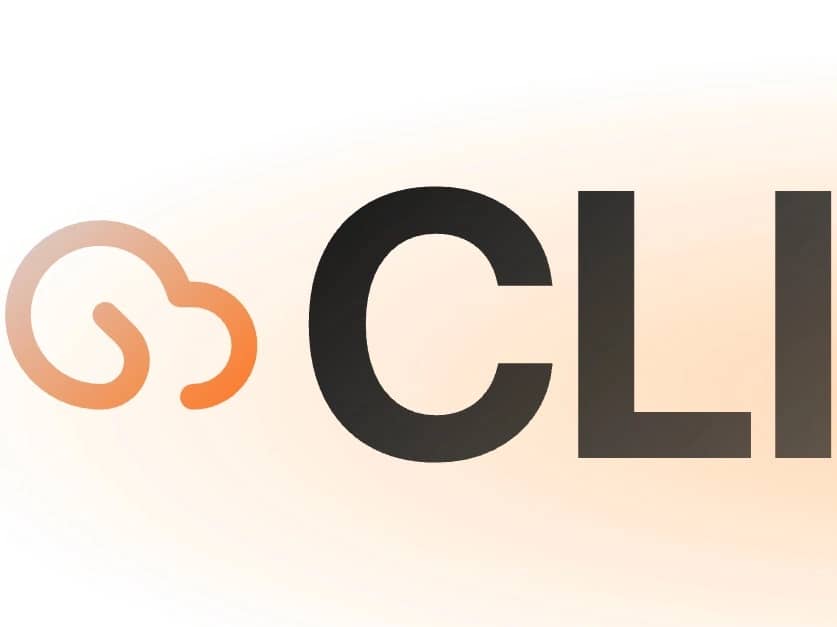Subscribe to wiki
Share wiki
Bookmark
CLI
The Agent Tokenization Platform (ATP):Build autonomous agents with the Agent Development Kit (ADK)
CLI
CLI is a decentralized cloud infrastructure provider that offers permissionless computing services tailored for artificial intelligence (AI) and Web3 development operating on the Solana blockchain. [1] [2]
Overview
CLI aims to provide an alternative to traditional cloud services by enabling users to deploy private Linux environments, launch tokens, run automated bots, and manage AI models without requiring Know Your Customer (KYC) verification or credit card details. Users pay for services using USDC, maintaining ownership and control over their infrastructure. The platform seeks to address the limitations of traditional cloud providers, such as AWS or Digital Ocean. By leveraging blockchain technology, CLI aims to make cloud computing as accessible and frictionless as a crypto transaction, while offering enterprise-grade capabilities. Beyond its core cloud services, CLI also provides infrastructure planning and validator management services for the Gorbagana Chain, a blockchain project focused on decentralized infrastructure. [1] [2] [3] [4]
Tokenomics
CLI Token ($CMD)
The native token of the CLI platform is CMD and operates on the Solana blockchain. It has a circulating supply of approximately 497 million tokens out of a total supply of nearly 1 billion, with a maximum supply capped at 999,973,584. The token's current market capitalization is around $2.89 million, with a fully diluted valuation of approximately $5.83 million. [7]
Token Utilities
- Staking Rewards: All revenue generated from CLI's services (compute usage, Command Terminal access, and marketplace fees) flows into a "CLI Vault." A portion of these earnings is then redistributed to CMD token holders who stake their tokens, creating a direct link between business performance and token value.
- Token Buybacks: A portion of the USDC revenue is used to automatically purchase CMD tokens from the open market. These tokens are then removed from circulation, creating constant buying pressure and aiming to drive token appreciation. This mechanism aligns the interests of users, token holders, and the company by directly translating business growth into token value. [1] [2]
Use Cases
- Decentralized Cloud Hosting: Deploying private Linux servers and Virtual Private Servers (VPS) without traditional KYC or credit card requirements.
- Token Launch and Management: Providing specialized tools for launching new tokens on Solana, including integration with platforms like Pump.fun, Bonk, and BELIEVE.
- Automated Bot Operations: Running various automated bots, including market-making bots, volume generators (e.g., for Meteora), and social media automation tools. [2]
- AI Model Deployment and Aggregation: Spinning up and managing AI models, as well as facilitating the private aggregation and fine-tuning of multiple large language models for enhanced performance, accuracy, and cost efficiency. [1]
- AI Agent Creation and Monetization: Building, deploying, and monetizing AI agents through the platform's marketplace. [2]
See something wrong?
The Agent Tokenization Platform (ATP):Build autonomous agents with the Agent Development Kit (ADK)
